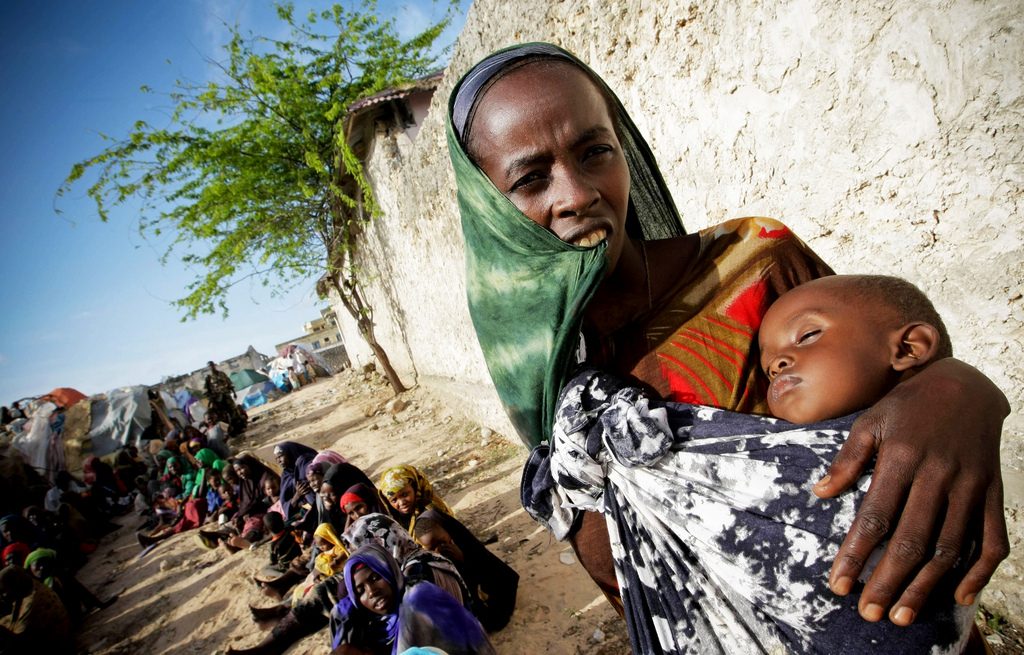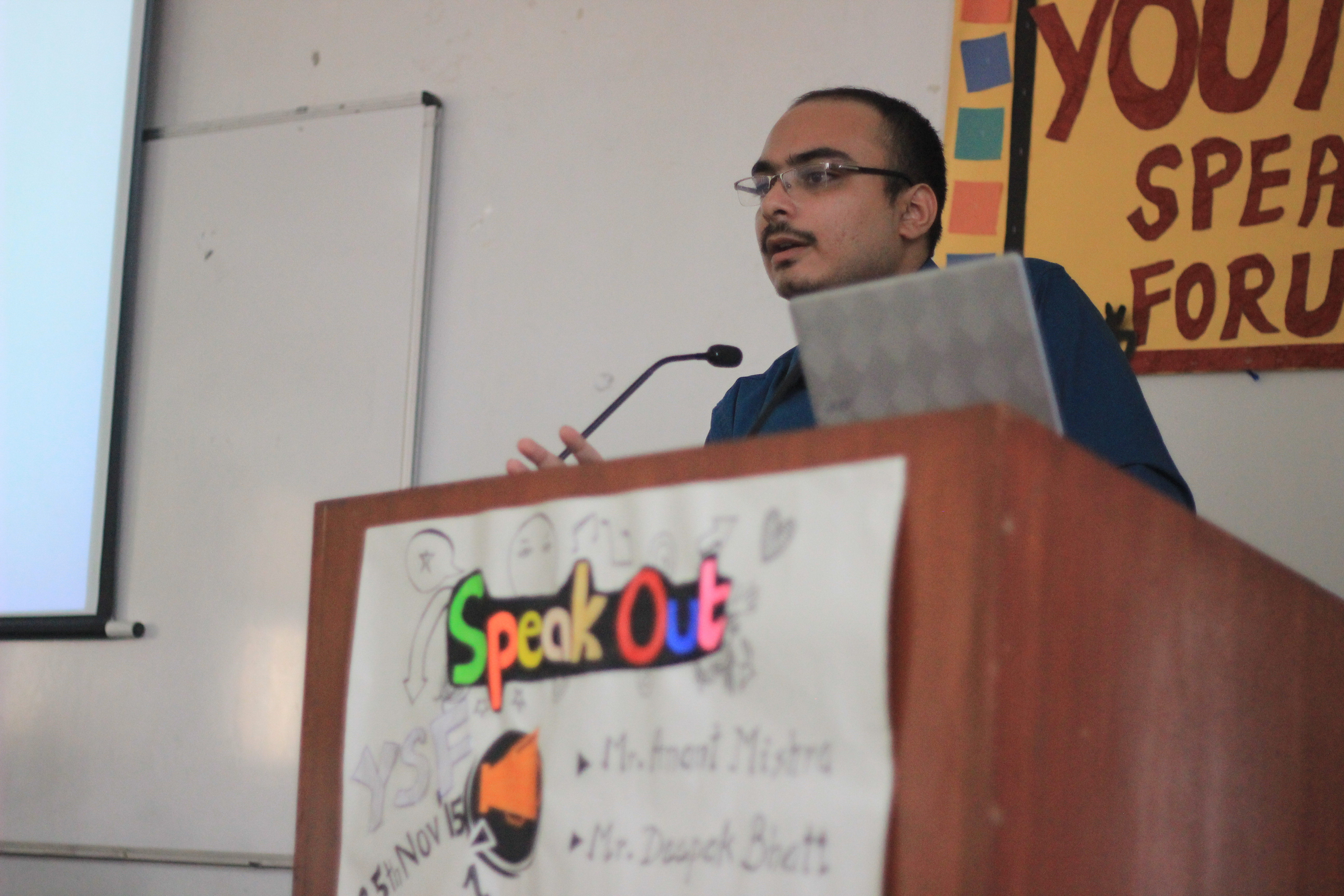Stuart Price/UN
By
Anant Mishra
Introduction
Violence against women during conflicts is an issue we have been witnessing for decades, and unfortunately is an issue which we continue to witness even today.
Violence against women especially in conflicts have proved time after time, an effective weapon of war, out of which rape and gender based violence continues to leave the ground with “horrors” and “destruction”. Moreover, at first, violence against women, especially gender based violence seems to be a personal attack, however, on the whole, these attacks not only leave us with questions on the importance of protection of vulnerable communities, but also leaves a stain on entire communities, severely compromising the foundation of development and society. Violence such as this are often used to humiliate the victim, while planting the seed of fear and terror in the victims and communities. It is important to understand that crimes such as these are not only actions of oppressors to victimise, rather they are premeditated combat techniques, aimed to destabilize communities and society as a whole.
Today, violence against women, especially during combat, has increased, and continues to every year, especially in war torn nations, thus making it an issue imperative for international communities to address. Despite efforts made by local and international agencies to eliminate violence in any form against women in conflict zones, growing cases of torture, rape and violence continue to point out inconsistencies in the existing legislatures formed by international communities, as policy makers and political leaders continue to “engage” in dialogue and diplomacy amid poor coordination and lack of seriousness towards the issue.
Rape: A weapon of War
Violence against women continues to occur, irrespective of one’s race, creed, and religion, a weapon of war which the enemy combatants used to gulf fear not only into the hearts and minds of victims but on society as a whole. Sexual violence has been instigated by many combatants to put fear in women, communities and the nation as a whole. A heinous crime such as rape, when reinforced by intense violence not only humiliates the society, but also traumatises the victim for life.
The intensity of such attacks is so stigmatic, victims are forced to live not only with the physical impact, but also the psychological repercussions. Such intense personal violence can then result in the victim’s death, but even if the victim survives the war, he/she is forced to live with the tragedies of war. The victim is then vulnerable to long term physical disorders, pregnancies along with sexually transmitted diseases such as HIV/AIDS. This instigates a series of isolation as the victim is forced to live far from communities and is shunned from society. Thus, it is evident that violence in any form, especially rape, results in severe consequences, not only for the victim, but adversely affecting their families and the community as a whole.
In incidents where rebel soldiers are found responsible for sexual violence this not only reveals their “sexual impulse”, but their ability to exploit and violate personal human rights along with their disgust towards the sole human existence using any means. Explicitly speaking about rape, sexual violence is a more severe act ompared to modern warfare used on people. Enemy forces, guerrilla groups and rebel soldiers are using these means and their bodies as tools against another human soul, victimising them for life while leaving horrific memories and physical marks forever.
Turning souls into victims
Sexual violence includes rape, sexual abuse, infections of HIV/AIDS, sexual mutilation, sexual slavery, forced pregnancy, discrimination against children born from rapes while mothers are forced into isolation, sterilized and forced abortions. Indeed, violence against women is not only an act of war, it is moreover a torture which results in serious physical injuries, including death. Gang rapes are heinous forms of sexual violence which leave physiological and physical horror on the victim, making it the primary cause for many deaths of female victims.
Women from unwanted pregnancies are then forced to undertake abortions through “non-sterile procedures, non-medical methods”, making them vulnerable to infections, scarred or even death. The victim is then left to suffer from physical injuries such as internal haemorrhaging.
Conclusion
It has been widely seen that the use of combat is intensive, especially in areas where there is poor implementation of national legislations; areas that are vulnerable to conflict, post conflict, gender discrimination, and have witnessed violation of human rights. Moreover, the so called “rapid response” from the international communities have been largely unseen, as the response mechanisms of tasked agencies are poorly coordinated, inadequately financed reducing the level of seriousness towards the issue.
It is important for policy makers to take national policies into account and accept the consequences of such policies. It is moreover important for policy makers to further reinforce and restraighten such policies, in an effort to effectively address the growing violence against women while opening the doors of justice to victims of violence. Sexual violence is a curse upon us that decimates lives, communities and is a stain on societies as a whole, thus it is imperative for policy makers to stimulate certain policies which would reinforce the justice system in preventing such heinous crimes and formulating a safe environment, intolerant to sexual abuse.
Moreover, policy makers need to understand the importance of multisector assistance for victims, ensuring that the victims have adequate access to medical aid, complete access to healthcare facilities, judiciary and rehabilitation and reintegration agencies. It is important to raise public awareness towards this issue, which the policy makers can achieve by releasing the data of crimes against women and developing an information management system while seeking feedback and innovative ideas from the general public.
It is important for international communities to ensure that the criminal laws set up by the international communities are established, addressing the issues of violence against women, especially during the times of war. Enforcement agencies should ensure that any case pertaining to violence against women should be prosecuted with firm seriousness while interagency interaction should be a must. Coordination and cooperation from multilateral agencies is always an issue and this is one of the principle reasons the United Nations Security Council and other UN agencies should address effectively. Moreover, agencies should ensure a prompt response when a case surfaces, which should then be well organized and coordinated.
Anant Mishra
Anant Mishra is a security analyst with expertise in counter-insurgency and counter-terror operations.



i think U .N even governments failed totally to stop violence against women or even ordinary citizens because they do not practically have the strong will to do that through severe punishments and strong laws ,, not through meetings and U N conferences that discusses the problems only with unimplemented resolutions as U N NEVER SOLVED BIG ISSUES like poverty and terrorism with all its continous meetings and resolutions through years --- best regards